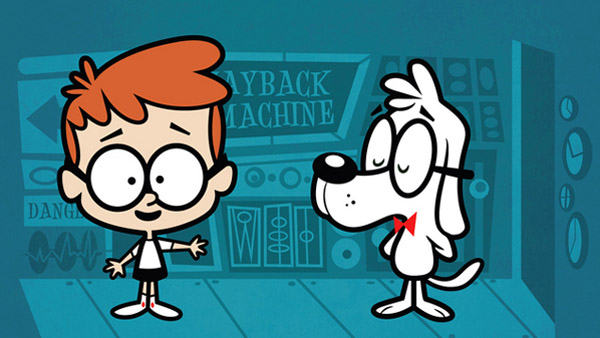Then and Now in Reforming the Teaching of History (Part 2)

A half-century ago, academics led an effort to reform the teaching of history and the social studies in a movement called the New Social Studies (NSS). Since the mid-1990s, again professors, social studies curriculum specialists, and classroom history teachers have focused upon creating usable lessons that introduce students to historical thinking and writing textbooks for novice and career teachers. Similar in ways that the New Social Studies during the 1960s created instructional units, current efforts, however, goes well beyond those materials in using teacher-friendly digital lessons and assessments tailored to the age-graded school conditions that teachers face daily, a factor missing in the earlier movement. [i]
One of the leaders of this movement is Professor Sam Wineburg at Stanford University. Trained as an educational psychologist at Stanford in the late-1980s, Wineburg worked under the tutelage of Professor Lee Shulman who, after receiving Carnegie Foundation grants to assess teaching and learning across subject areas, recruited able graduate students. Wineburg’s peers included Suzanne Wilson and Pam Grossman both of whom have gone on to illustrious academic careers. As has Wineburg. [ii]
Appointed assistant professor of educational psychology in 1989 at the University of Washington’s school of education, Wineburg launched a career that garnered teaching awards and research grants. He worked with teachers in the Seattle public schools in various projects including creating materials for students to read and think like historians. He published articles in both psychological and historical journals that generated even more grants.
In 2002, he joined the faculty of Stanford’s Graduate School of Education working with doctoral students, beginning social studies teachers, historians, and psychologists. Wineburg’s previous work with Roy Rosenzweig at George Mason University moved him toward incorporating digital historical sources into units and lessons for teachers to use. [iii]
Wineburg expanded his agenda by starting the Stanford History Education Group (SHEG). His doctoral students designed lessons that dipped into primary and secondary sources showing teachers and students how to read and think like historians. One doctoral student developed document-based lessons on the Civil War for middle school teachers in San Francisco and in her dissertation designed an intervention for history teachers in five high schools. These ideas and practices of historians also found a home in the Curriculum and Instruction courses that he and doctoral students taught for entry-level social studies teachers in the Graduate School of Education. Finally, Wineburg created a network of partners and resources (e.g., Library of Congress, American Historical Association, Organization of American Historians, National Council for the Social Studies) that covered both the discipline and teachers across the country.[iv]
From the collaborative work with doctoral students and teachers, SHEG increased production of teacher-friendly lessons in U.S. history and world history demonstrating how historians read documents, evaluate sources, and interpret historical events ranging from Pocahontas in 17th century colonial America to the Nanking Incident during Japan’s invasion of China in 1937. Posted on the Internet, these lessons permitted teachers to download them free. In early 2015, the Stanford History Education Group topped 2 million downloads. And they have added coaching services and professional development workshops for Then and Now in Reforming the Teaching of History (Part 2) | Larry Cuban on School Reform and Classroom Practice:
